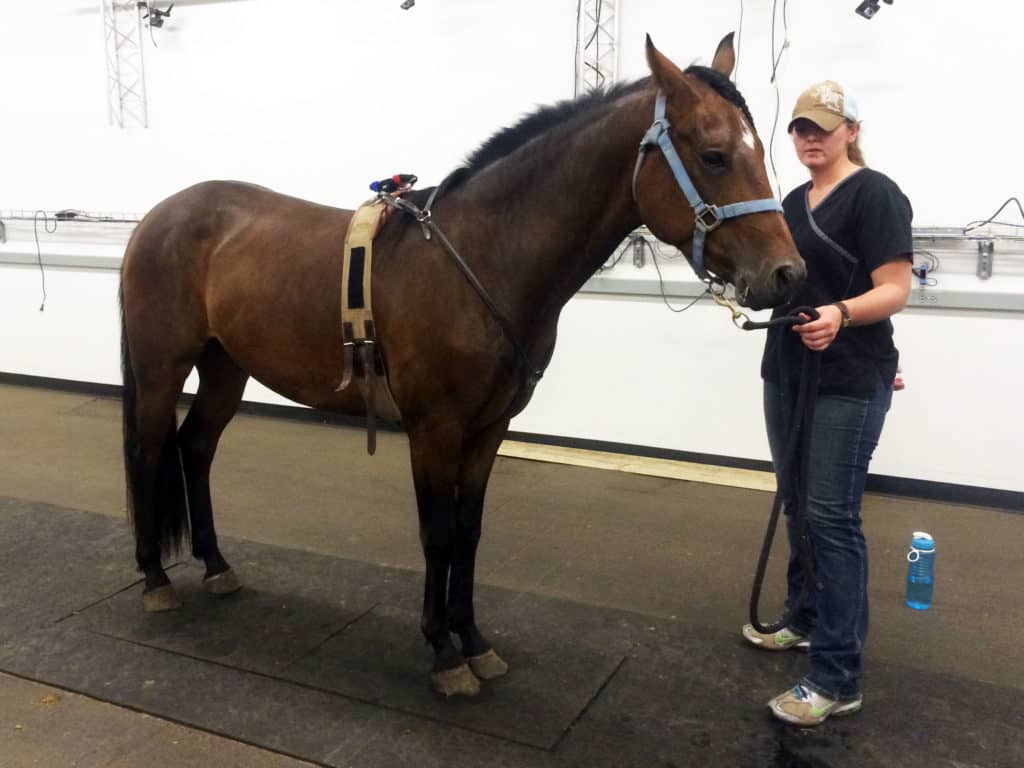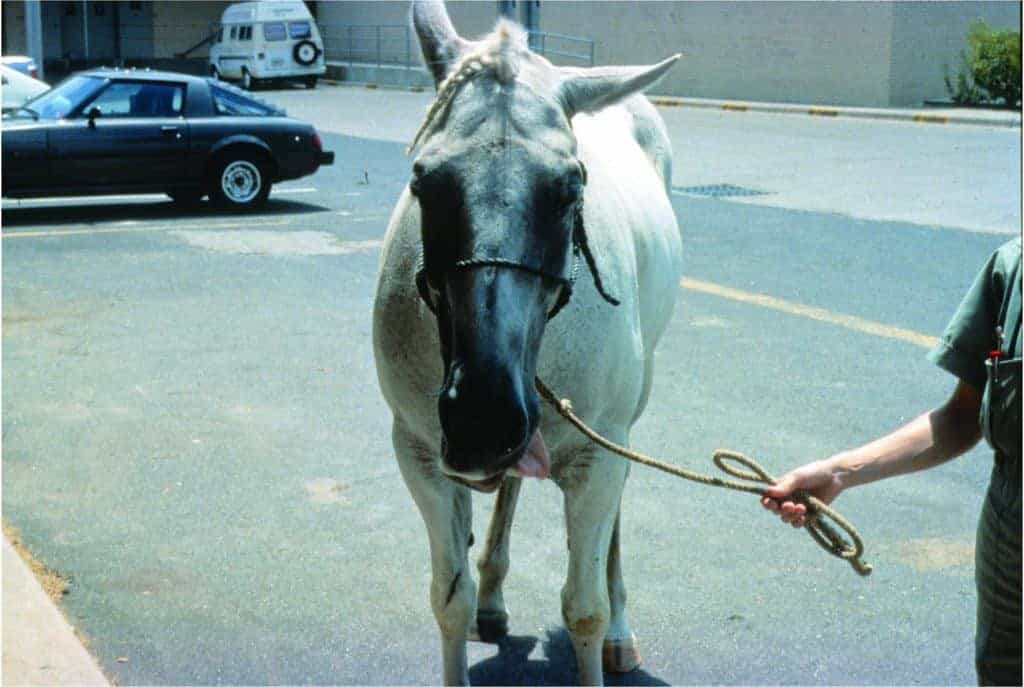
Is Your Horse Moving Symmetrically? Watch His Withers
By analyzing “wither drop,” researchers found that some horses tend to drop their withers lower when bringing one foreleg forward than the other. Here’s what that means for equestrians.

By analyzing “wither drop,” researchers found that some horses tend to drop their withers lower when bringing one foreleg forward than the other. Here’s what that means for equestrians.

Horse gait analysis is getting more advanced: A recently developed and tested comprehensive motion sensor system can simultaneously record and analyze data remotely from eight parts of a moving horse body, researchers say.

Rising on the “correct” diagonal on a circle or curve helps counterbalance the horse’s movement asymmetry created by the curve itself. And if the horse is lame, the wrong diagonal could enhance that lameness and the right diagonal could mask it.

Find out how equine researchers are using the latest gadgets and gizmos to diagnose lameness, collect data, and more.

Researchers know that, when used and fit properly, training aids can positively affect horses. However, improperly fitted equipment could squelch any benefits these systems offer.

Lameness and neurologic disorders can impact equine postural stability—how a horse holds himself up in a standing position—and measuring it can help veterinarians diagnose certain disorders.

This research could help riders select dressage mounts to ensure their ability to perform the required movements while maintaining soundness.

The traditional four- to six-week interval aligns perfectly with what’s going on physiologically in the horse’s hoof.

Dr. Paul René van Weeren suggests that equine lameness might need to be redefined to reflect new digital assessment techniques that use preset parameters to detect gait asymmetries.

A study found little difference in gait between shoes, although shod horses moved differently than barefoot ones.

Researchers focused on the effect of collected and lengthened paces in young and mature dressage horses.

With an early diagnosis and prompt treatment, horses can improve significantly and could return to normal activity.

Researchers say inertial measurement units could aid in more accurate veterinary diagnoses and performance evaluations.

Research has provided farriers with a better understanding of how weight-bearing and loading affect hoof wall growth.

Researchers confirmed that footing properties could impact dressage horses’ risk for suspensory ligament injury.

Horses with asymmetric feet have altered loading patterns, which could lead to lameness and possibly early retirement.
Stay on top of the most recent Horse Health news with
"*" indicates required fields